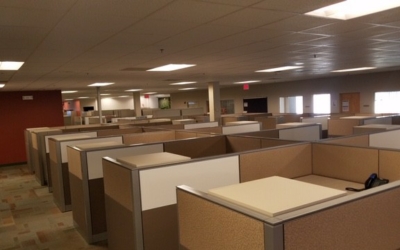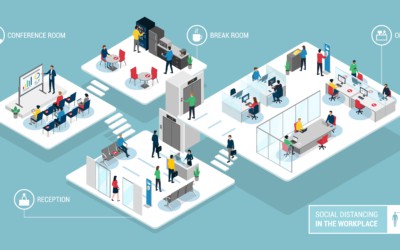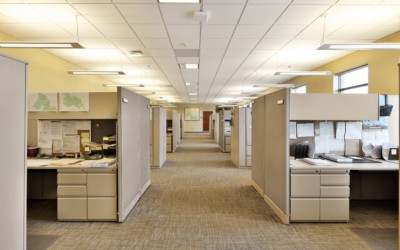Office Interior Design Blog
The industry’s top office furniture experts offer their best advice, trends, designs options, insights, and products —all to help you navigate through the office furniture and office interior design process.
Office Furniture Design Consultant
A Guide to Office Design & Furniture Consultants Must-Have Partners for Commercial Office Space Design or Redesign Projects If you are tasked...
Office Downsizing Solutions
How to Downsize an Office Space for the Hybrid Remote Work Model Many businesses are downsizing their offices as a result of the COVID-19 pandemic...
Why Cubicles Are Making A Comeback
How the Cubicle Is Reemerging in Modern Office Design The cubicle used to be a staple of the modern workplace. Affordable, reconfigurable, and...
Embracing Privacy in the Modern Workplace
Embracing Privacy in the Modern Workplace: The Rise of Office Phone Booths and Privacy PodsIn the ever-evolving landscape of the modern workplace,...
Office Design Case Study: Brooks Automation
How Brooks Automation, an equipment-manufacturing company, partnered with Joyce Contract Interiors to repurpose office space and create room for...
Office Design & Furniture Trends
Hybrid-remote is here to stay, but what’s next for office design? The biggest trend in 2022 was COVID-related office design and furniture: how...
How to design collaborative spaces
Designing Effective Collaborative Space in Your OfficeDesigning collaborative space in your office is a strategic project that can impact your...
How to pick the perfect office chair?
Choosing the perfect office chair is crucial for promoting comfort, productivity, and overall well-being. Here are some factors to consider when you...
Office Design Case Study: Horsepower Technologies
Learn how Horsepower Technologies, a dynamic equine medical tech startup, partnered with Joyce Contract Interiors to build their ideal office...
How to maximize your office space
Maximizing office space utilizes resources efficiently and creates a productive and functional work environment. Here are some strategies to help...
My-Take Case Study
How Tech Startup My-Take Partnered with Joyce Contract Interiors to Solve its Workspace Needs When My-Take, a dynamic Boston-area startup, decided...
Why is it important to update your office furniture?
Updating office furniture is important for several reasons:Employee Comfort and Well-Being: Comfortable and ergonomic office furniture can impact...
How to Repurpose Underutilized Conference Rooms
A Cost-Effective Way to Convert Conference Rooms into Huddle Rooms and Privacy Pods The hybrid workplace model is here to stay and has created needs...
What do employees want in an office?
Employee preferences can vary, but there are several common elements that employees generally desire in an office environment. Here are key elements...
Best furniture for a hybrid office
A hybrid office is one that offers employees both remote-work and in-person work schedule. Therefore, the office space itself requires furniture...
How Often Should Office Chairs be Replaced?
When should you replace your office chair? Determining the right time to replace your office chair depends on the chair's condition, comfort, and...
What to consider in designing a commercial office
Designing a commercial office with the goal of creating a functional, efficient, and aesthetically pleasing workspace requires careful consideration...
Cubicles vs. an Open-office Plan
The choice between cubicles and an open-office plan depends on factors that include the specific needs, work culture, and preferences of the...
















